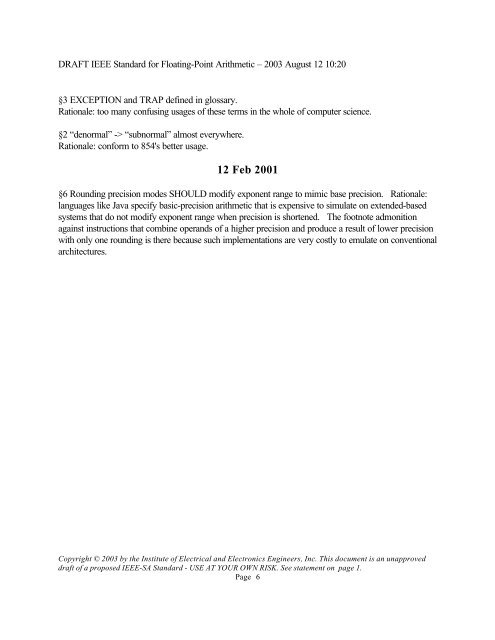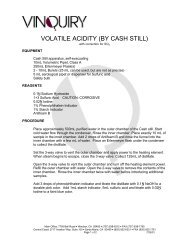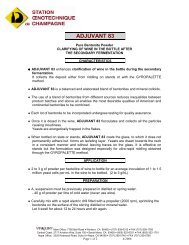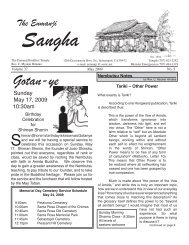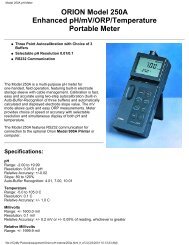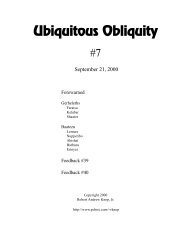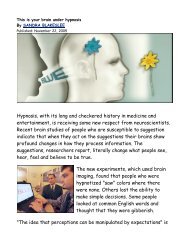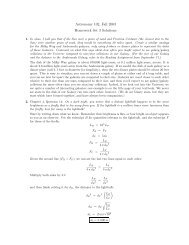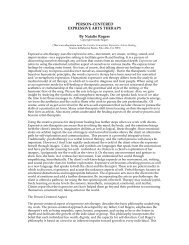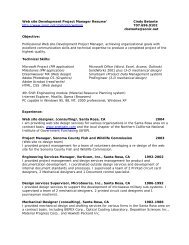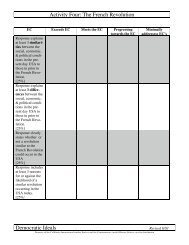DRAFT IEEE Standard for Binary Floating-Point Arithmetic - Sonic.net
DRAFT IEEE Standard for Binary Floating-Point Arithmetic - Sonic.net
DRAFT IEEE Standard for Binary Floating-Point Arithmetic - Sonic.net
You also want an ePaper? Increase the reach of your titles
YUMPU automatically turns print PDFs into web optimized ePapers that Google loves.
<strong>DRAFT</strong> <strong>IEEE</strong> <strong>Standard</strong> <strong>for</strong> <strong>Floating</strong>-<strong>Point</strong> <strong>Arithmetic</strong> – 2003 August 12 10:20<br />
§3 EXCEPTION and TRAP defined in glossary.<br />
Rationale: too many confusing usages of these terms in the whole of computer science.<br />
§2 “denormal” -> “subnormal” almost everywhere.<br />
Rationale: con<strong>for</strong>m to 854's better usage.<br />
12 Feb 2001<br />
§6 Rounding precision modes SHOULD modify exponent range to mimic base precision. Rationale:<br />
languages like Java specify basic-precision arithmetic that is expensive to simulate on extended-based<br />
systems that do not modify exponent range when precision is shortened. The footnote admonition<br />
against instructions that combine operands of a higher precision and produce a result of lower precision<br />
with only one rounding is there because such implementations are very costly to emulate on conventional<br />
architectures.<br />
Copyright © 2003 by the Institute of Electrical and Electronics Engineers, Inc. This document is an unapproved<br />
draft of a proposed <strong>IEEE</strong>-SA <strong>Standard</strong> - USE AT YOUR OWN RISK. See statement on page 1.<br />
Page 6


